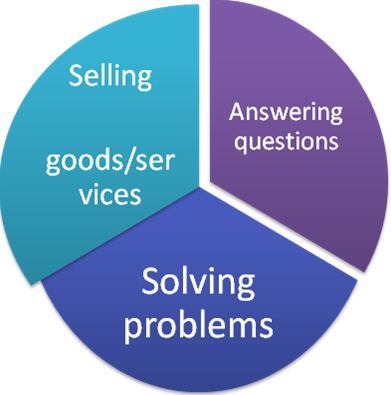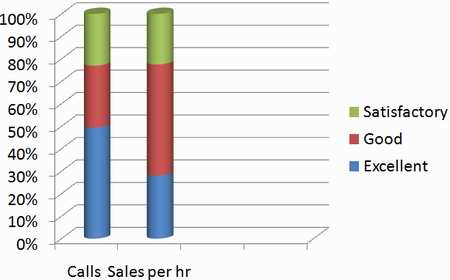A typical call center is generally defined as a place where lots of contacts are made through receiving inbound calls and processing outbound ones. This special place is frequently considered an “entrance” to a certain business, since this is exactly where customer interactions usually occur. No wonder, effective operation and successful contact center performance are those assets each company or organization should strive for.
Nowadays, the number of call centers keeps increasing and there is hardly a reputable company that does not consider it highly important to provide these services. Thus, we may differentiate between different types of contact centers, which serve diverse customer needs and perform various operations. Despite of the function, size and type of a call center, there is one aspect that matters to all of them. What we talk about is their efficacy and performance, which often depend upon how well call center managers are able to define the indicators or metrics that affect them and ways of their improvement. So, what are these metrics and which of them can be critical for your business?
The indicators we are going to discuss in this article are average handle rate, blocking rate, cost per one contact and, of course, customer satisfaction. Average handle time (AHT) is the approximate amount of time a call center agent typically spends engaged both into the process of handling a call and the after-call work. The importance of this indicator should not be underestimated, since it is closely related to another metric, namely the level of customer satisfaction. It is quite understandable that callers want their queries to be resolved effectively and in time, so if you manage to implement this metric properly, it will certainly increase the reputability of your contact center.
The next metric that is vital for this business is blocking rate, which is applied to make sure your clients are able to get in touch with your call center agents any time they need their help. Ideally, this indicator should not exceed 1%, because the higher it is – the lower the customer satisfaction rate will become. Finally, we will focus on a metric named cost per one contact. It allows contact center owners to define whether they have to invest into the improvement of its technology or not.
Understanding and setting proper metrics may be quite a painstaking process for call center managers. Still, the result is really worth the effort, since KPIs are the most effective and powerful tools, which can help you identify current performance problems and work out the improvement strategy that will work pretty well for your business!

